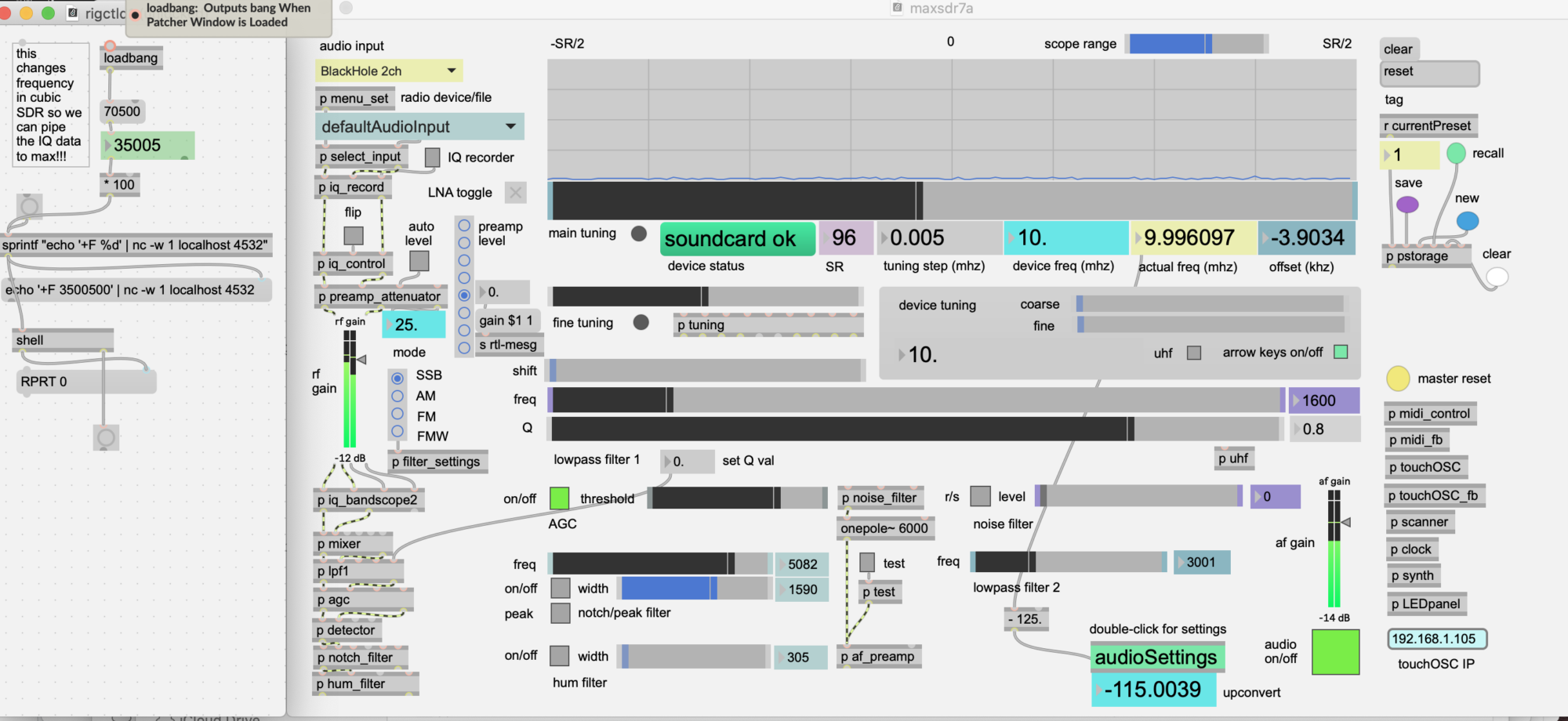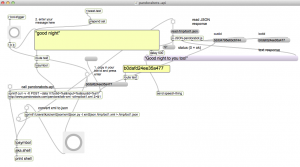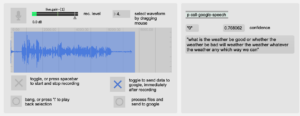What this means: You create an app on a device which doesn’t have a browser. For example, an Arduino, an appliance, or a game console. This procedure shows how to authorize that device to access a user’s account for Google, Twitter, Facebook, etc.,
See this URL for Google instructions: https://developers.google.com/accounts/docs/OAuth2ForDevices
Notes and Google examples (using curl from a command line):
Here is an oauth 2.0 google request for a user code – The client id is obtained using instructions found at the link above.
curl -d "client_id=104588205543369.apps.googleusercontent.com&scope=https://www.googleapis.com/auth/userinfo.email https://www.googleapis.com/auth/userinfo.profile" https://accounts.google.com/o/oauth2/device/code
Which returned this JSON response:
{
"device_code" : "4/Gujc7GxpGFSHNlphxVZCK_y10yS6Kq",
"user_code" : "ibaz70ej9",
"verification_url" : "http://www.google.com/device",
"expires_in" : 1800,
"interval" : 5
}
Then you go to the URL in the response, enter the user code, and follow instructions…
Then from the device you do this…
curl -d "client_id=1045882053369.apps.googleusercontent.com&client_secret=zDP5UVwbqcYzv7rnVieKxnOV&code=4/Gujc7GxpGHNlphxVZCK_y10yS6Kq&grant_type=http://oauth.net/grant_type/device/1.0" https://accounts.google.com/o/oauth2/token
Which returns this response:
{
"access_token" : "ya29.AHES6ZE2QxqzZyWkGu20lJljEIHYTf08VtggyRF73428w0LQ7lzFP_uw",
"token_type" : "Bearer",
"expires_in" : 3600,
"id_token" : "eyJhbGciOiJSUzI1NiIsImtpZCI6ImJhZGQ4NWFhMmRlZmZkMWFkZWJkNzc2NTgxNWMzZmVjZTM0MmIzNGEifQ.eyJpc3MiOiJhY2NvdW50cy5nb29nbGUuY29tIiwiaWQiOiIxMTExNzg0MjgyNzI3MDgxMTI0NTMiLCJhdWQiOiIxMDQ1ODgyMDUzMzY5LmFwcHMuZ2df9vZ2xldXNlcmNvbnRlbnQuY29tIiwiY2lkIjoiMTA0NTg4MjA1MzM2OS5hcHBzLmdvb2dsZXVzZXJjb250ZW50LmNvbSIsInZlcmlmaWVkX2VtYWlsIjoidHJ1ZSIsInRva2VuX2hhc2gefiOiJvVG9OdS0tYU1DUGhYbUI1S3p4TTN3IiwiZW1haWwiOiJ6aWNhcmVsdEBnb3VsZGFjYWRlbXkub3JnIiwiaGQiOiJnb3VsZGFjYWRlbXkub3JnIiwiaWF0IjoxMzU2MjQ2Mjg2LCJleHAiOjEzNTYyNTAxODZ9.DqIqLtg9m6wlHh5YSFFgXIOgbMW0E2mKR2FdY7PWtNJrt91moqVBe7dQxQPNalQMKhYTapJdVk2MB1oRl7zXEnLIe_VjI3BUwzTKqaG_sS9oRyh14_yqDWeMFru5d7OFUm1Ulwb2lLdWWwtttEVyJiw94oBdR0tuWg0MNkEOkXU",
"refresh_token" : "1/NuEmigydABgeRwZaRCZbZZckJ-EJFZd8C1YZLURut8s"
}
Now your device can use the access token query string method…
curl https://www.googleapis.com/oauth2/v1/userinfo?access_token=ya29.AHES6ZQxqzZyWkGu20lJljEIHYTf08VtggyRF73428w0LQ7lzFP_uw
Here is the response:
{
"id": "1111784282727081812453",
"email": "[email protected]",
"verified_email": true,
"name": "Tony Tiger",
"given_name": "Tony",
"family_name": "Tiger",
"hd": "looney.org"
}
Or you can use the http header option…
curl -H "Authorization: Bearer ya29.AHKKES6ZQxqzZyWkGu20lJljEIHYTf08VtggyRF73428w0LQ7lzFP_uw" https://www.googleapis.com/oauth2/v1/user info
which should return the exact same response.
[Also see] tkzic/max teaching examples/google-oauth2.0-readme.txt





